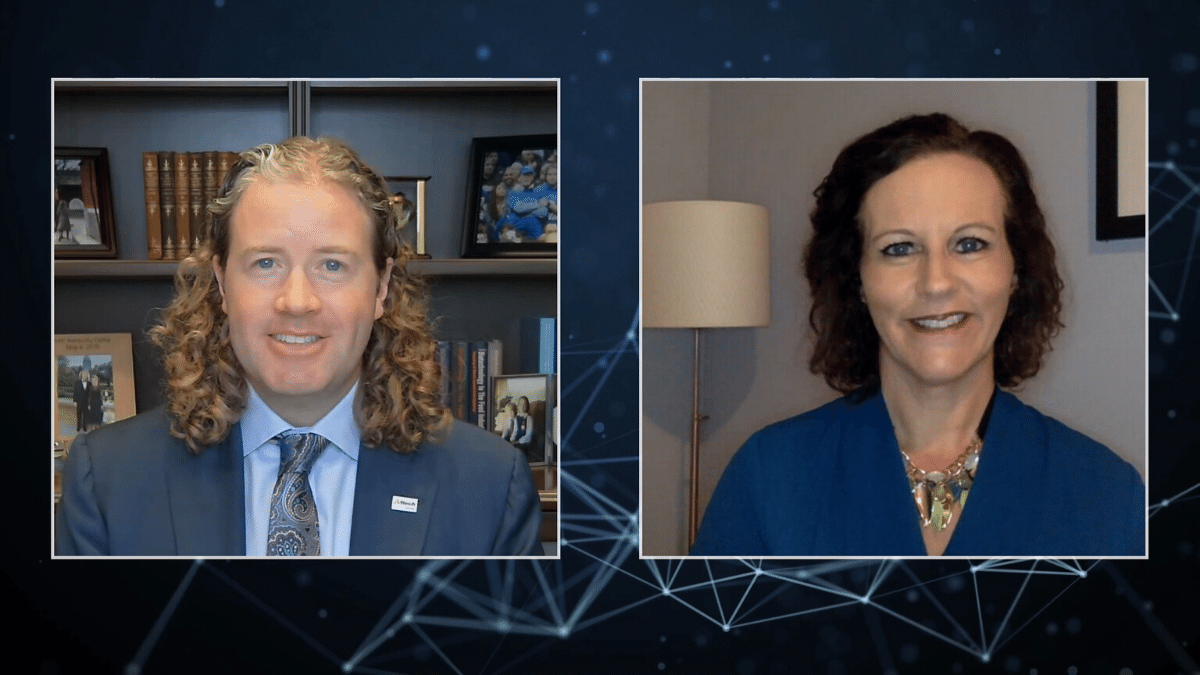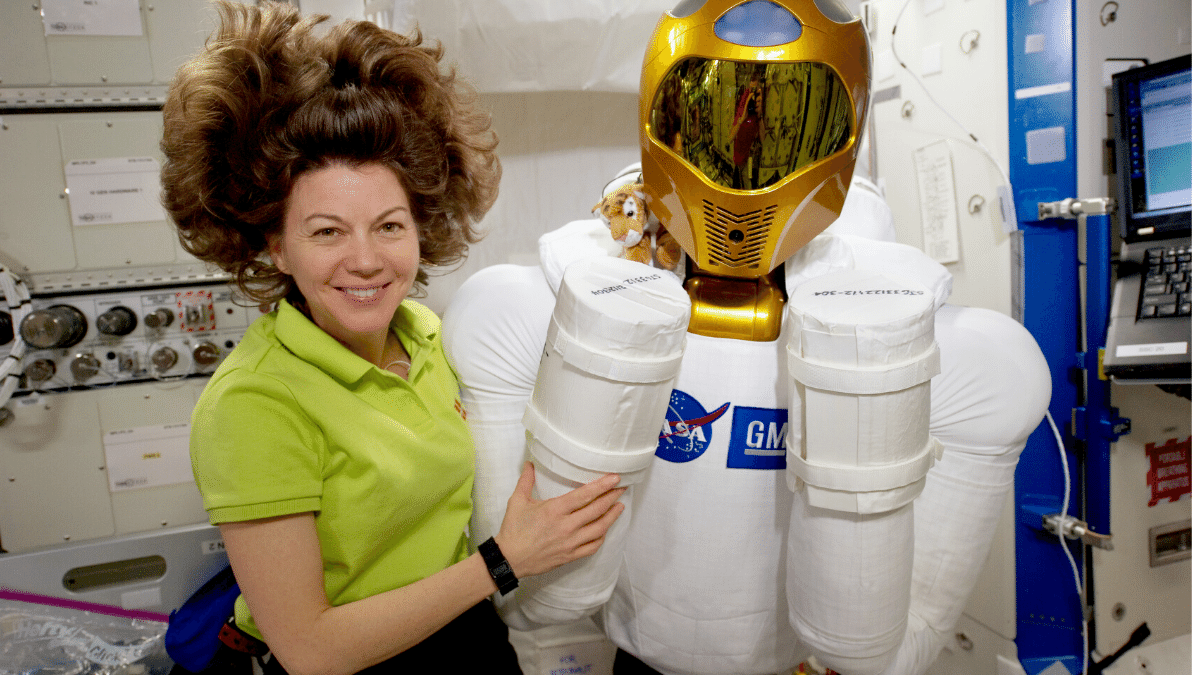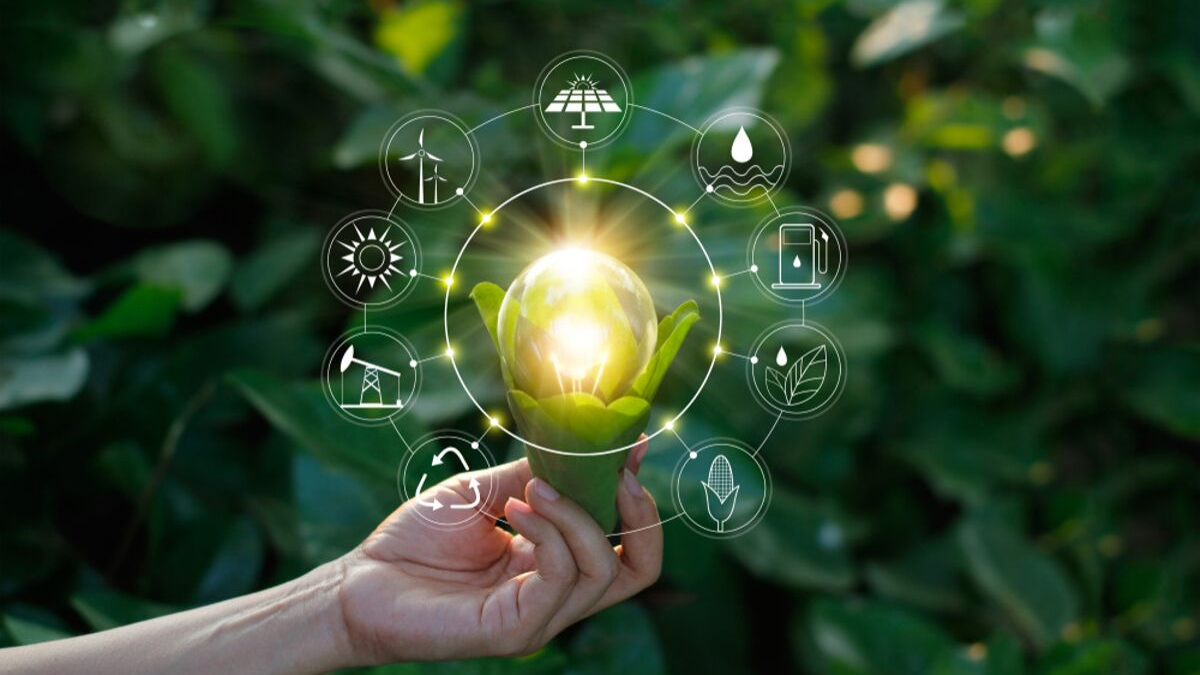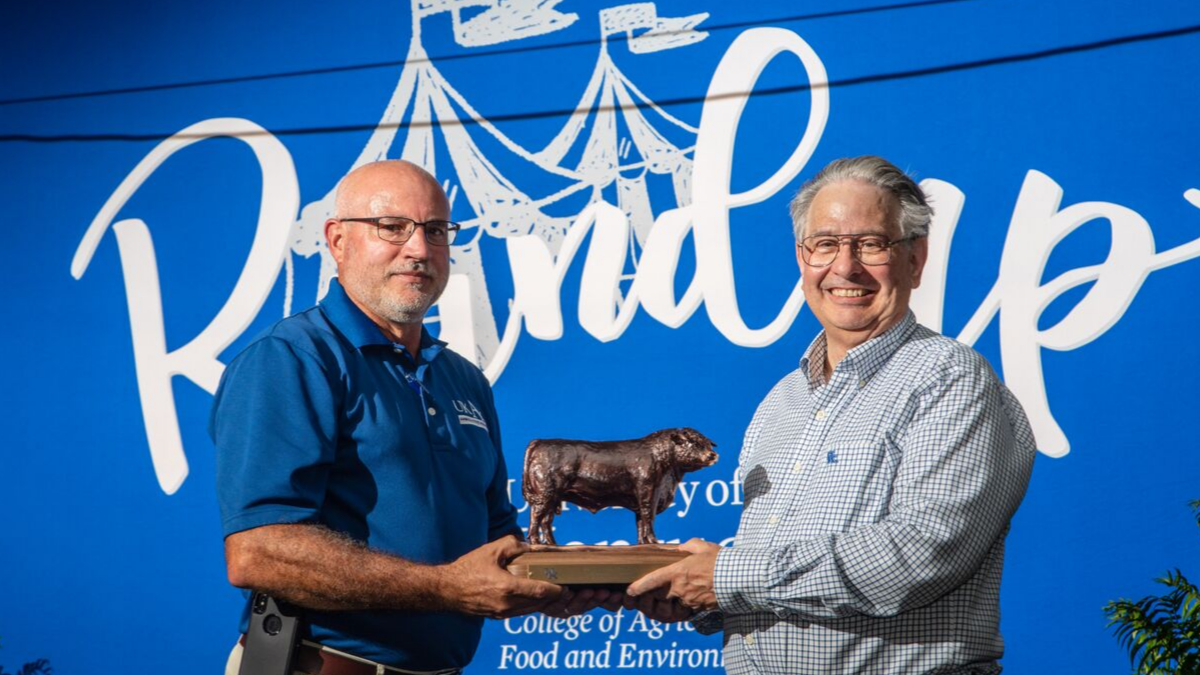How to improve the future of food and agriculture – Jack Bobo
“I want us all to imagine that we are in 2050, and we’re looking back on this moment, this day, and we ask ourselves: did we do everything that we could do to make the world the place that we want it to be?”
Jack Bobo, CEO of Futurity, opened his keynote presentation at the Alltech ONE Virtual Experience with a challenging question for the audience. If our mission is for a better future of food and agriculture, what can we do to achieve this? The answer begins with a simple yet effective solution: we need to listen to the narratives surrounding these industries.
“We give meaning to the world around us through the stories that we tell… so today in my presentation, I’d like to talk about three different stories of what food and agriculture means.”
The three stories Bobo focused on were those of:
- Conservationists.
- Consumers.
- Farmers.
These three groups of people have one goal: a plentiful future of food and agriculture. However, these three groups tend to actively work against each other. But why is that?
Starting with conservationists and the planet
In 2018, the World Wildlife Fund’s Living Planet Report documented that 60% of wildlife populations on the planet have disappeared between 1970 and 2014. We also know that 20% of the Amazon has disappeared in the last 50 years.
“So, this dramatic loss in biodiversity has occurred within the lifetimes of many of us,” said Bobo. “Biodiversity is undergoing this incredible challenge, and things are not looking good.”
According to these findings, the future will suffer the same trend of degrading biodiversity.
“So, we have this tremendous challenge of not destroying all of our wild spaces,” said Bobo. However, the bigger question is, “How do we make sure that we leave a world for our children that’s as good or better than the one we received?”
Many people wonder: Is agriculture the problem or solution to our conservation struggles? People tend to believe the former, yet Bobo is not convinced.
“But how do we talk about it?” asked Bobo. “What’s the story that we need to tell?”
The stories we hear about biodiversity tell us that:
- Of global respondents, 80% believe that poverty has either increased or remained the same over the past 20 years.
- The food system is broken, and agriculture is failing the people around us.
- All deforestation is due to agriculture.
- We do not have the means to feed the rapidly growing population.
The stories we need to tell about biodiversity are that:
- Statistically, there is less poverty than there was 20 years ago — “Yet the public,” said Bobo, “think things are getting worse.”
- We are producing more food on the same amount of land than we were 50–60 years ago — “This is important,” said Bobo. “If food production stays ahead of population growth, well, that means people become better fed, they rise out of poverty, nutrition and hunger disease.”
- Better productivity and higher yields mean more food is being produced due to higher efficiency — “Improved productivity has saved a billion hectares of forest around the world. So more than a quarter of all the forest — nearly a third of all the forest — would be gone today without productivity increases.”
- The rate of population growth was at its highest in 1968 when we were growing at 2.1% per year. However, today we are growing at about 1% per year. As we continue to project toward the future, that number will keep going down. Because population growth will slow dramatically but, “if that productivity was to continue, every day after 2050, it gets easier to feed the world,” said Bobo.
“And so, I want to look at this question of sustainability, and how it impacts the stories we tell about the world we live in,” explained Bobo.
Diving into sustainability with consumers
Bobo says that sustainability is not a destination — it is a journey. However, sustainability means different things to different people. Is it organic food? Regenerative agriculture? GMOs? Consumers, in particular, seem the most concerned about sustainability in agriculture.
The stories we hear about sustainability are that:
- Farmers need to use less fertilizer and insecticide in order to reduce run-off into the local environment.
- We need to farm organically.
- Europe has pushed to intensive agriculture and is reducing the amount of fertilizer they use and the size of their farms. This should be a global initiative.
The stories we need to tell about sustainability are that:
- It is a challenge for farmers to use less insecticide and fertilizer because it means that they will probably produce less food — “If you produce less food on that farm, that means you’re going to need more farms,” explained Bobo.
- Organic agriculture produces 20–30% less food. If the whole world farmed organically, we would need to dedicate another 20–30% to farms, and 40% of all the land on earth is already allocated to agriculture. This would have a devastating impact, according to Bobo, including the loss of our forests.
- Europe practices intensive agriculture but also imports 70% of its animal feed needs. Most of their imports come from Brazil, the country with the greatest level of deforestation — “So, in many ways, Europe has exported its environmental footprint to arguably the most biodiverse country on the planet,” said Bobo.
No matter how you dissect it, it is clear that we have a problem: we need to produce more food. The Food and Agriculture Organization states that we are going to need 50–60% more food by 2050, but why is that the case if we are only going to see about 20% more people? This is directly due to an improvement in income and overall wellbeing, and when people are making money and feeling well, they buy more animal protein. Yet more protein means more crops to feed animals, hence, a spike in food production.
“The former director general of the Food and Agriculture Organization, Jacques Diouf, once said that the amount of food that needs to be produced in the next 40 or 50 years is equivalent to the amount of food that was produced in the last 10,00 years,” explained Bobo. “Let me repeat that. The amount of food we need to produce in the next 40 or 50 years is greater than the amount of food produced in the last 10,000 years of human civilization.”
The challenge is daunting, and while agriculture is getting better, it is not getting better fast enough.
There are no silver bullets to solve this challenge, but we do know that we need to increase our food production as sustainably as possible.
Bobo explored possible solutions, such as:
- Shifting diets: Many people believe that becoming a vegan or vegetarian is the solution to the problem. It is important to think about changing our diets to improve our health, but is this the way to also improve the environment? — “It’s not going to solve all of our problems,” said Bobo. He further explained that, even if the United States and Europe shifted their diets completely, people from low-income countries will be making more money in the next 30 years, which means they will be eating more protein. “So, shifting diets is important, but it can’t solve the problem all by itself.”
- Food waste: A third of all food produced is lost to food waste. In developed countries, a third of food is wasted post-consumer. But, in third-world countries, food is wasted because of loss in the fields, supply chain and storage — “If we could somehow address that third of food that’s lost through food waste, then that would get us most of the way to our challenge,” explained Bobo. However, there are so many types of food waste (storage, distribution, consumer, field) and food waste issues with different products (tomatoes, soybeans, corn, cantaloupes) that there is no one-size-fits-all approach to solving the issue.
- Technology: There are high-tech solutions, like gene editing and genetic engineering, and abundant ag-tech data that proves cover crops produce a higher return on investment and a lower environmental footprint.
- Alternative proteins: “Of course, these alternative proteins are part of the solution,” said Bobo. “The problem we have, though, is that companies that are producing these different products… they’re talking about them as the solution. That plant-based proteins can eliminate livestock. That cell-based agriculture is going to make dairy obsolete.” This approach suggests that there is a silver-bullet solution to a really complex problem, “and as we’ve already discussed,” said Bobo, “there’s not one solution to the problem.” Bobo also notes that the protein market is a trillion-dollar opportunity and will only get bigger in 2050. “And so, who really believes that plant-based meat is going to become a trillion-dollar industry in just 30 years?” asked Bobo.
These solutions are all necessary for achieving sustainability. However, they have become competitors in the market rather than working together as a single solution. Bobo says we need to think about what the future will look like, and work toward opportunities instead of focusing on problems.
“We don’t need one solution,” explained Bobo. “We need them all.”
Actively working on these solutions with farmers is the best and most effective way to achieve the goals of conservationists and consumers.
Working with farmers
“I’m just happy that consumers and conservationists are now joining farmers on this journey of sustainability,” said Bobo. “Because we could use their help. Instead of framing it as agriculture is the problem to be solved, we need to help them to understand that agriculture is the solution to the problem.”
What we find from data collected by the World Resources Institute is that if agriculture continues to improve the way it has been, 60% of the gains we need to achieve a sustainable future will happen just by farmers continuing what they are already doing. The data also talks about incentivizing steps that will increase productivity and improve efficiency in:
- Livestock production.
- Reducing methane emissions.
- Using less fertilizer.
“Well, efficiency is something farmers want to do… So, these are huge opportunities. These are not challenges,” said Bobo.
However, if agriculture is the solution to our problem — the answer to improving the future of food — then why do we still hear that agriculture is the problem to be solved?
“Why do we talk about a broken food system when the food system was never not broken?” asked Bobo.
While it may be broken, Bobo assured the audience that the food system is better than it has ever been, and it will only continue to get better every day. But it is just not happening fast enough. Yet if we continue to spend our time spreading false stories and narratives about farmers being the problem, we cannot actively work with them toward a solution.
Organic agriculture may be critical to saving the planet, but it does not mean that genetic engineering and gene editing are not.
New alternative proteins are critical to saving the planet, but so are dairy farms and livestock production.
“It takes a menu of solutions to solve a problem,” explained Bobo.
Final thoughts
Bobo asked us an important question at the beginning of his presentation: Thirty years from now, will we be confident that we did everything that we could do to make the world the place that we want it to be?
Again, conservationists, consumers and farmers all want the same thing: a safe, plentiful and sustainable future of food and agriculture. The only way to achieve that goal is to start telling the same story, even if we are not always on the same page.
“Because if we do that,” said Bobo, “we all can save the planet.”
Visit one.alltech.com for more information.
- Read more about How to improve the future of food and agriculture – Jack Bobo
- Log in to post comments
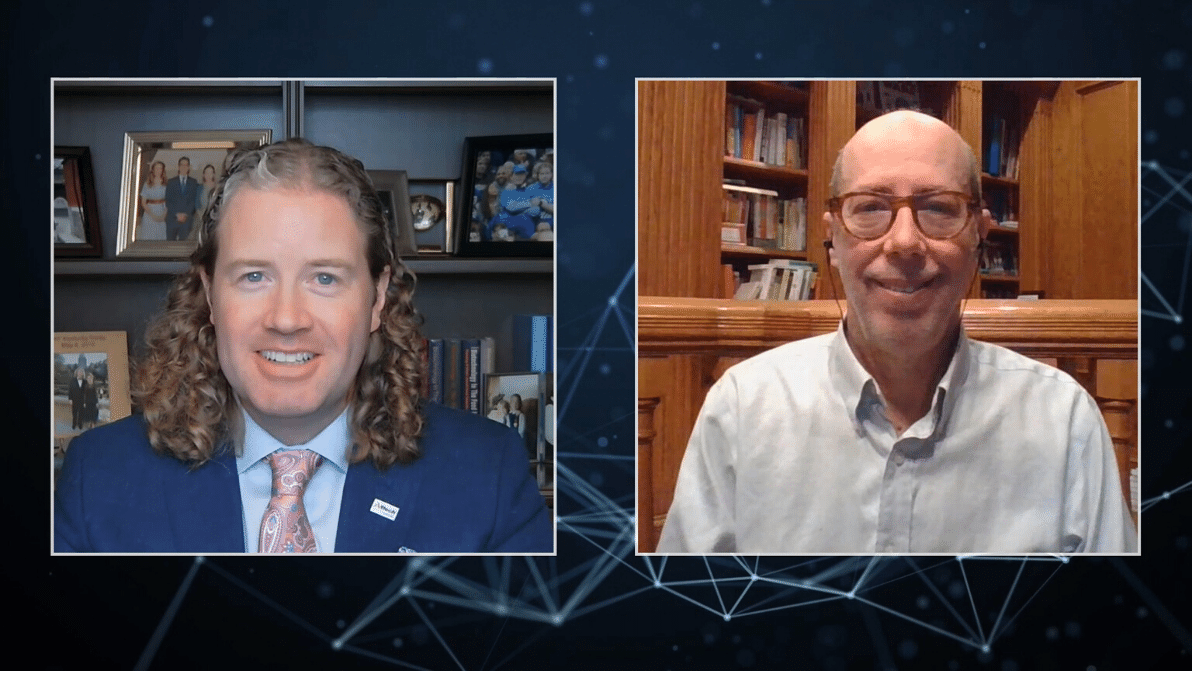
<script charset="utf-8" type="text/javascript" src="//js.hsforms.net/forms/v2-legacy.js"></script>
<![endif]--><script charset="utf-8" type="text/javascript" src="//js.hsforms.net/forms/v2.js"></script><script>
hbspt.forms.create({
portalId: "745395",
formId: "1c790526-1f39-4ebc-bf3e-71b9c86fea92"
});
</script>
If our mission is for a better future of food and agriculture, what can we do to achieve this? The answer begins with a simple yet effective solution: we need to listen to the narratives surrounding these industries.













